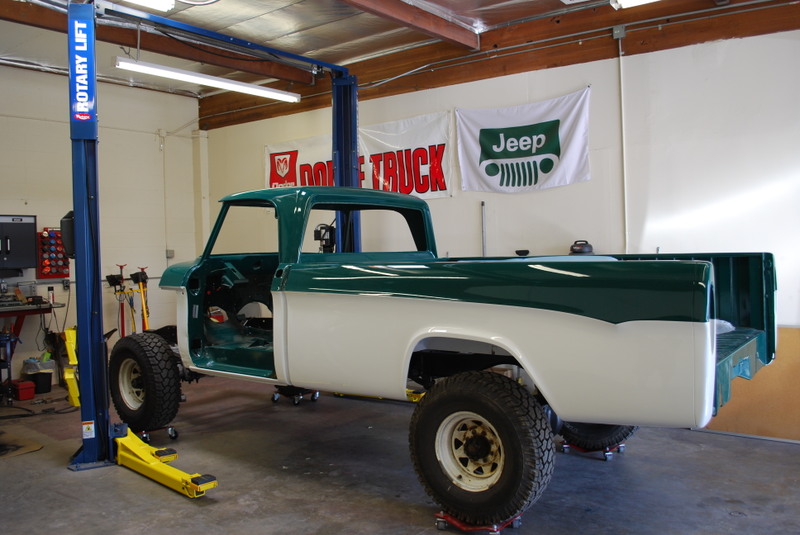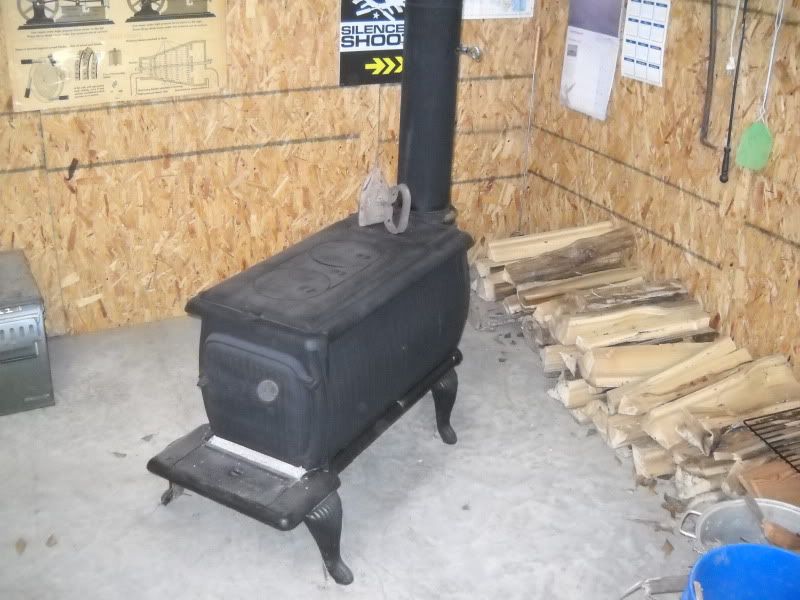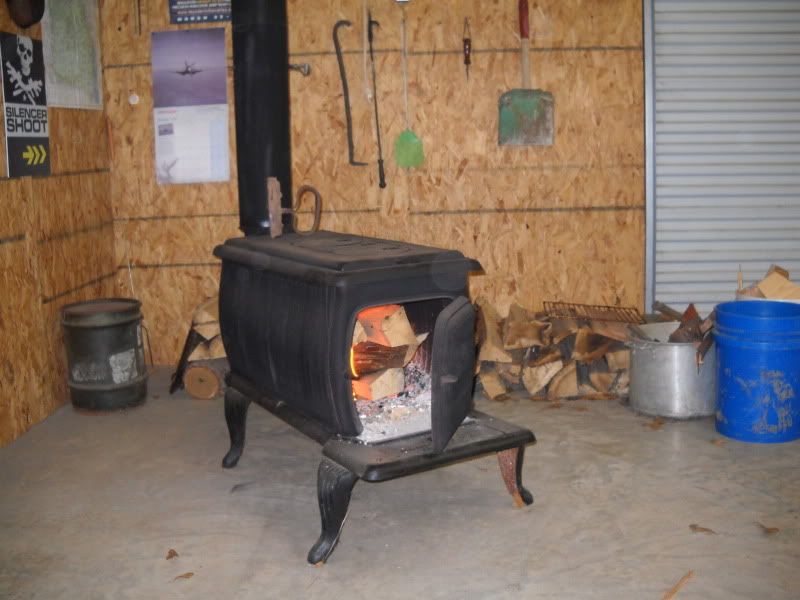Furnace suggestion...
I looked for a long time for an electric furnace and found a used commercial Carrier down flow for $100. It was way more heat than I need so I disconnected 3 of the 5 heating coils and change the fan to low speed. That works out to about 35,000 btuh. Heats the garage nice. Got a Low Temp Garage T-Stat at a box store and mounted the heater on cement blocks. Blows nice warm air across the floor, what a joy.
Down side is watch your wiring, even with 230/1 it took 8 gauge wire to power it. Don't skimp on the wire it cost more for the wire than the heater. Bottom line, consider a downflow furnace.
I looked for a long time for an electric furnace and found a used commercial Carrier down flow for $100. It was way more heat than I need so I disconnected 3 of the 5 heating coils and change the fan to low speed. That works out to about 35,000 btuh. Heats the garage nice. Got a Low Temp Garage T-Stat at a box store and mounted the heater on cement blocks. Blows nice warm air across the floor, what a joy.
Down side is watch your wiring, even with 230/1 it took 8 gauge wire to power it. Don't skimp on the wire it cost more for the wire than the heater. Bottom line, consider a downflow furnace.



Comment